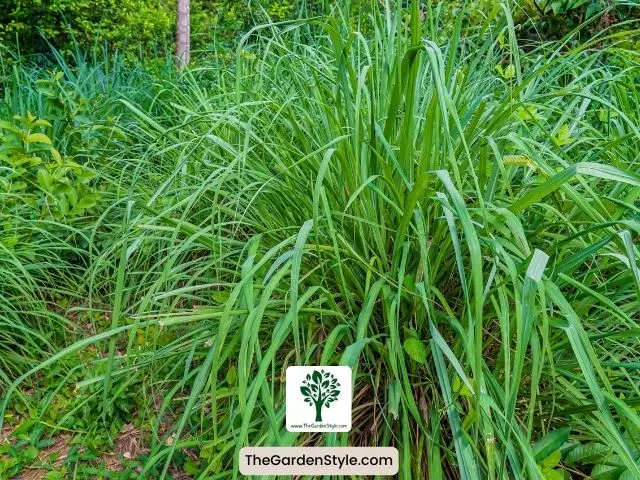Want to enjoy mosquito-free garden parties this summer? Planting citronella is a savvy trick to naturally repel those pesky bugs. The aromatic oils in citronella plants create an outdoor space that insects can’t stand! In this article, we’ll explore popular types of citronella plants like citronella grass, Java citronella, and Ceylon citronella. Find out which citronella plants are best suited for designing a beautiful, bite-free garden with these natural insect repellents. With the right types of citronella plants, you’ll keep summer evenings outside both stylish and mosquito-free!
Table of Contents
Cymbopogon citratus
Cymbopogon citratus, commonly known as Lemongrass, stands out as one of the most popular types of citronella plants, celebrated for its widespread use and distinct lemony aroma. It is a tall, perennial grass that is native to tropical regions. This plant has a strong lemon scent and is commonly used in cooking and as a natural insect repellent. It is also used in traditional medicine to treat various ailments.
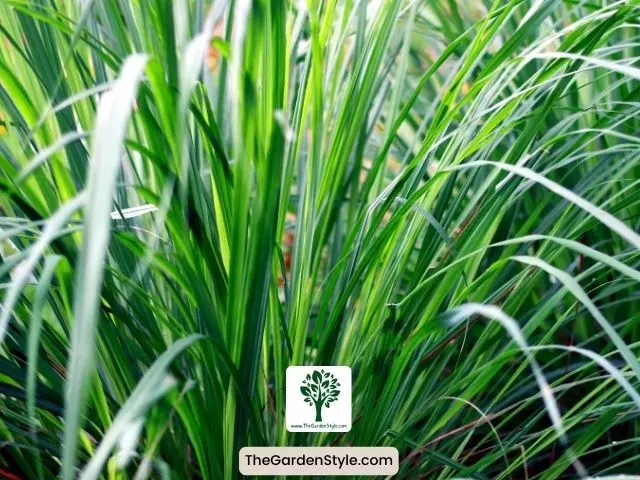
Cymbopogon nardus
Cymbopogon nardus, also known as citronella grass, is another popular type of citronella plant. It is a tall, perennial grass that is native to Sri Lanka. This plant has a strong, citrusy scent and is commonly used in perfumes, soaps, and candles. It is also used as a natural insect repellent.
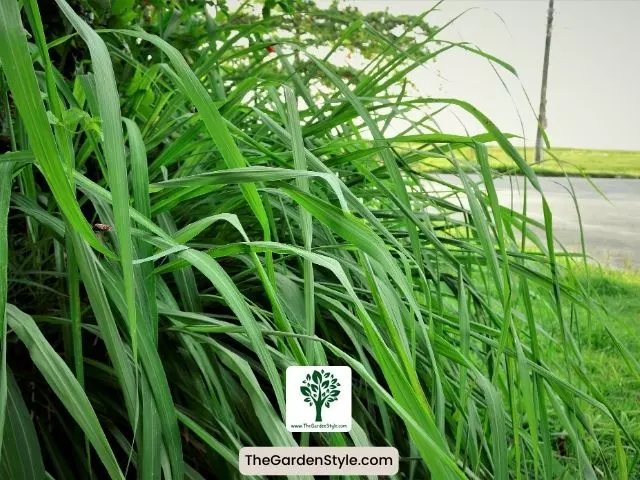
Cymbopogon winterianus
Cymbopogon winterianus, also known as Java citronella, is a type of citronella plant that is native to Indonesia. It is a perennial grass that has a strong, sweet scent. This plant is commonly used in perfumes, soaps, and candles. It is also used as a natural insect repellent.
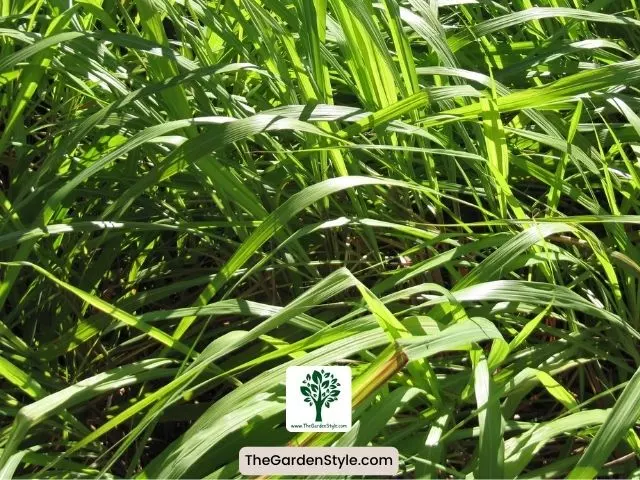
Cymbopogon flexuosus
Cymbopogon flexuosus, also known as East Indian lemongrass, is a type of citronella native to India. It is one of the common types of citronella plants used as a natural insect repellent. This perennial grass has a strong, lemony scent. It is commonly used in cooking and as a natural way to repel insects.
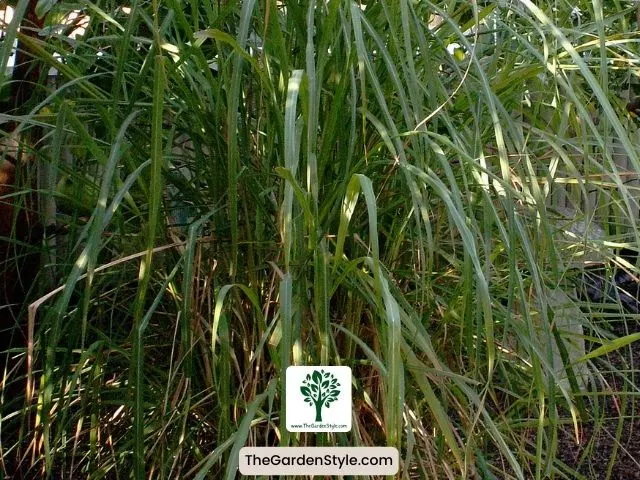
Cymbopogon martini
Cymbopogon martini, also known as palmarosa, is a type of citronella native to India. It is a perennial grass that has a strong, floral scent. This plant is commonly used in perfumes, soaps, and cosmetics. It is also used as a natural insect repellent.
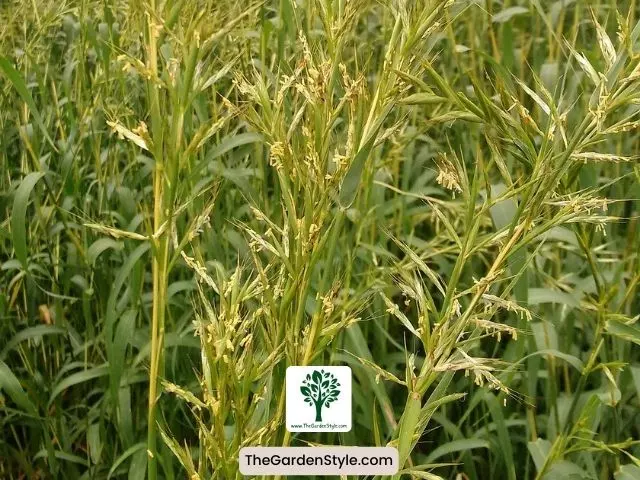
Cymbopogon schoenanthus
Cymbopogon schoenanthus, also known as camel grass, is a type of citronella native to Africa. It is a perennial grass that has a strong, earthy scent. This plant is commonly used in traditional medicine to treat various ailments. It is also used as a natural insect repellent.
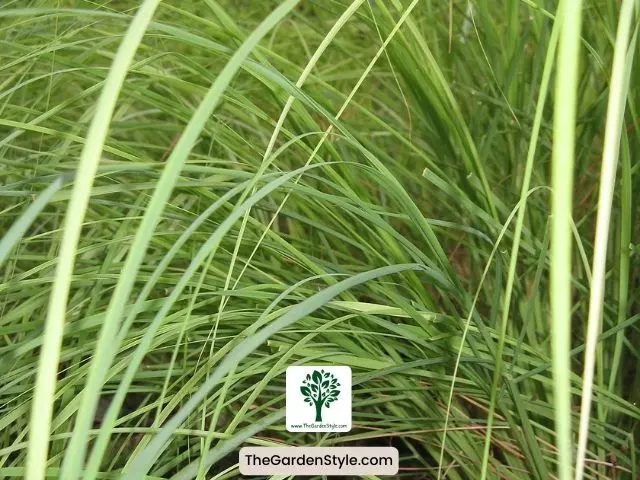
Cymbopogon bombycinus
Cymbopogon bombycinus, also known as silk grass, is a type of citronella native to India. It is a perennial grass that has a strong, sweet scent. This plant is commonly used in perfumes, soaps, and cosmetics.
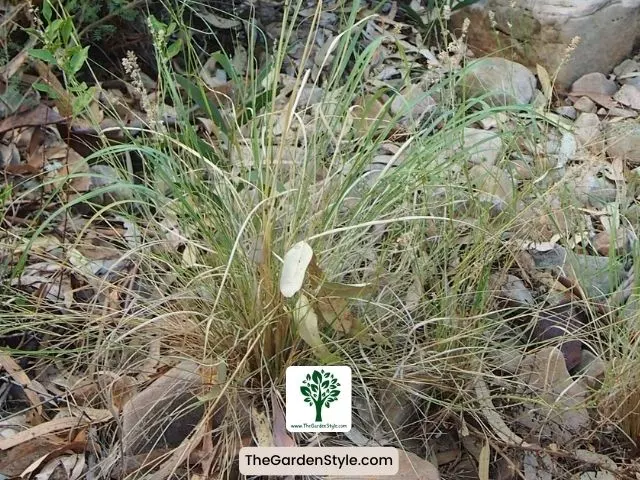
Cymbopogon obtectus
Cymbopogon obtectus, also known as Indian citronella, is a type of citronella plant that is native to India. It is a perennial grass that has a strong, lemony scent. This plant is commonly used in cooking and as a natural insect repellent.
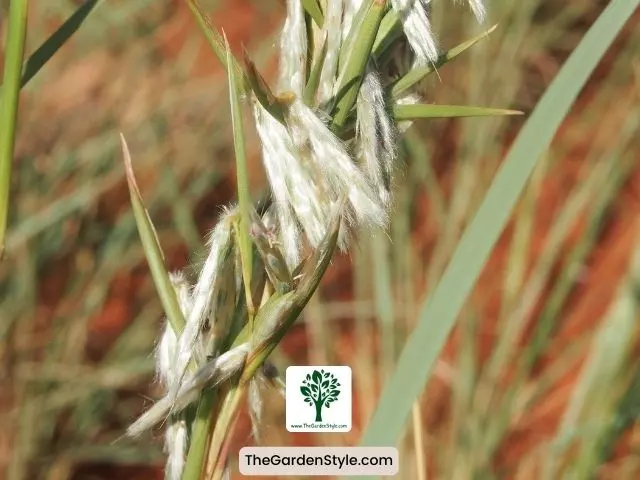
Cymbopogon ambiguus
Cymbopogon ambiguus, also known as African citronella, is a type of citronella plant that is native to Africa. It is a perennial grass that has a strong, lemony scent. This plant is commonly used in cooking and as a natural insect repellent.
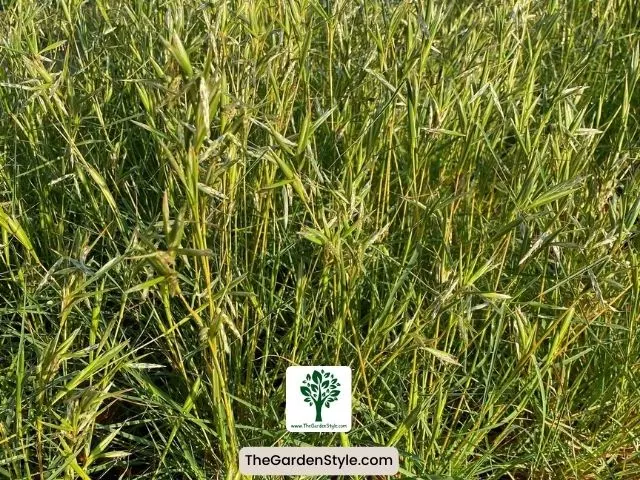
Cymbopogon commutatus
Cymbopogon commutatus, also known as Indian camel grass, is a type of citronella native to India. It is one of the common types of citronella plants used as a natural insect repellent. This perennial grass has a strong, earthy scent. It is commonly used in traditional medicine to treat various ailments. It is also used as a natural way to repel insects.
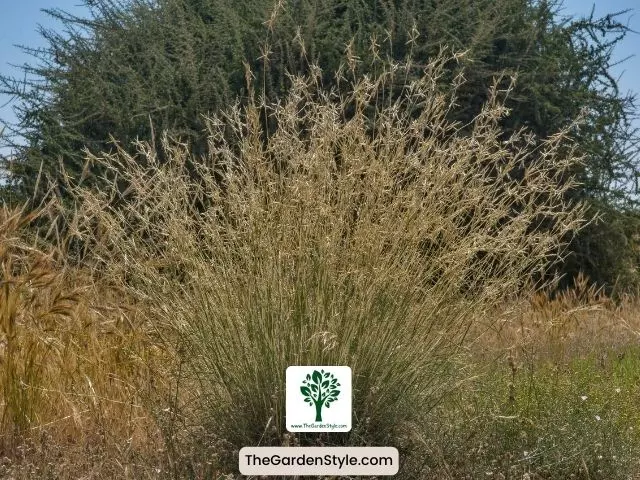
| Plant Name | Common Name | Origin | Scent |
|---|---|---|---|
| Cymbopogon citratus | Lemon Grass | Tropical regions | Strong lemon |
| Cymbopogon nardus | Citronella Grass | Sri Lanka | Citrusy |
| Cymbopogon winterianus | Java Citronella | Indonesia | Sweet |
| Cymbopogon flexuosus | East Indian Lemongrass | India | Lemony |
| Cymbopogon martini | Palmarosa | India | Floral |
| Cymbopogon schoenanthus | Camel Grass | Africa | Earthy |
| Cymbopogon bombycinus | Silk Grass | India | Sweet |
| Cymbopogon obtectus | Indian Citronella | India | Lemony |
| Cymbopogon ambiguus | African Citronella | Africa | Lemony |
| Cymbopogon commutatus | Indian Camel Grass | India | Earthy |
Comparing Citronella Plant Vs. Citronella Grass
“Citronella plant” and “Citronella grass” are terms that are sometimes used interchangeably, but they refer to different plants with similar insect-repelling properties.
- Species: The Citronella plant belongs to the geranium family Geraniaceae. Citronella grass belongs to the grass family Poaceae.
- Appearance: The Citronella plant is a small bushy plant that can grow up to 5 feet tall. It has elongated leaves. Citronella grass is a clump-forming grass growing 3-5 feet tall. It has slender green leaves.
- Scent: Both citronella plants and grass contain citronellal compounds that give them their distinctive lemony scent, though citronella grass contains a higher concentration.
- Repelling Insects: Both can help repel insects like mosquitoes and ticks. However, citronella grass is considered more effective as an insect repellent because of its higher citronellal content.
- Growing Conditions: Citronella plant thrives in partial shade and moist soil. Citronella grass grows best in full sun and well-drained soil. Both can be grown in containers or outdoors.
- Usage: Citronella plant leaves and stems can be crushed to release scent. Citronella grass leaves can be crushed or the plant can be grown around patios and decks. Oils from both plants can also be extracted for use in candles, lotions, and sprays.
In summary, both provide insect-repelling properties but citronella grass is generally considered more potent and effective as a natural insect repellent. Citronella plant makes a better ornamental plant for gardens.
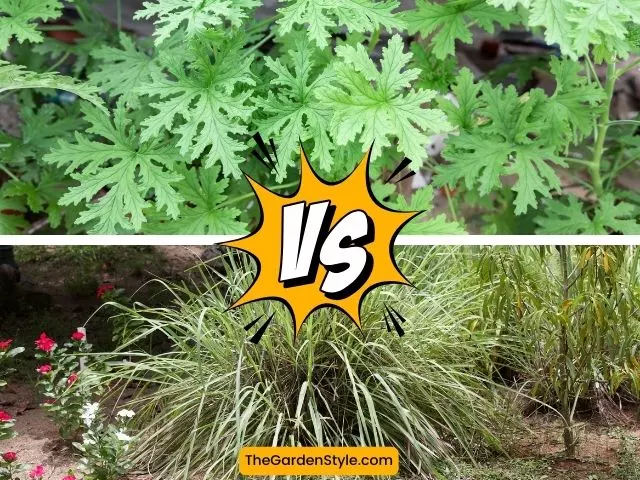
Caring for Citronella Plants
I have learned that caring for different types of citronella plants is not difficult. In fact, with a little bit of attention and care, these plants can thrive and provide a natural way to repel insects. Here are some tips on how to care for your citronella plants:
Watering
Citronella plants require regular watering, especially during the hot summer months. It is important to keep the soil moist but not soggy. Overwatering can lead to root rot and other problems. It is advisable to water your citronella plants once a week, or more frequently if the soil feels dry to the touch.
Soil
Citronella plants prefer well-draining soil. If the soil is too heavy and doesn’t drain well, it can lead to root rot. I suggest using a good-quality potting mix with perlite or sand added to improve drainage. If you are planting your citronella plants in the ground, make sure the soil is well-draining and amend it with compost or other organic matter.
Fertilizer
Citronella plants do not require a lot of fertilizer, but they can benefit from a balanced fertilizer once a month during the growing season. It is advisable to use a fertilizer with equal parts nitrogen, phosphorus, and potassium. Be careful not to over-fertilize, as this can lead to leggy growth and fewer blooms.
Pruning
Pruning your citronella plants can help promote bushy growth and more blooms. I recommend pruning your plants in the spring, just as new growth begins. Use sharp, clean pruning shears to remove any dead or damaged branches, as well as any leggy growth. This will encourage new growth and a fuller, more compact plant.
Companion Planting for Citronella Plants
Companion planting involves growing different plants together to enhance their growth, repel pests, or provide mutual benefits. When it comes to citronella plants or other plants with insect-repelling properties, companion planting can help create a more pest-resistant and diverse garden. Here are some companion plants that can be beneficial when planted alongside citronella plants:
Lavender (Lavandula): Lavender has a pleasant fragrance and is known to repel mosquitoes and other pests. It complements the citronella plant well. Learn how to grow lavender from seeds.
Basil (Ocimum basilicum): Basil can enhance the flavor of nearby vegetables and herbs, and its strong aroma helps repel mosquitoes and other insects. Learn how to plant basil.
Marigolds (Tagetes): Marigolds contain compounds that repel nematodes and other soil pests. Planting them alongside citronella can protect both plants. Learn how to grow marigolds.
Rosemary (Rosmarinus officinalis): Rosemary has aromatic oils that can repel mosquitoes and other insects. It’s a good companion for citronella in both the garden and kitchen. Learn how to grow rosemary.
Mint (Mentha): Different varieties of mint, such as peppermint or spearmint, can help deter pests and add diversity to your garden.
Chrysanthemum (Chrysanthemum spp.): Chrysanthemums contain pyrethrin, a natural insect repellent. Planting them alongside citronella can help control various garden pests.
Geranium (Pelargonium spp.): Geraniums, like the citronella plant, belong to the Pelargonium genus. Some varieties of geraniums have insect-repelling properties and can complement citronella in the garden.
Nasturtium (Tropaeolum majus): Nasturtiums can act as a trap crop for aphids and whiteflies, drawing these pests away from your citronella plants.
Thyme (Thymus): Thyme has aromatic oils that repel insects. It’s a low-growing herb that can be planted around the base of citronella plants. Learn how to grow thyme from seed.
Oregano (Origanum vulgare): Oregano’s strong aroma can help repel pests. It’s a versatile herb that pairs well with citronella.
Remember to consider the specific needs of each plant, including sunlight, water, and soil requirements, when planning your companion planting. Discover the simplicity of propagating Lemongrass in our latest post and bring the vibrant essence of nature to your home effortlessly.
